Mastering YouTube SEO: Ultimate Ranking Guide - 2025
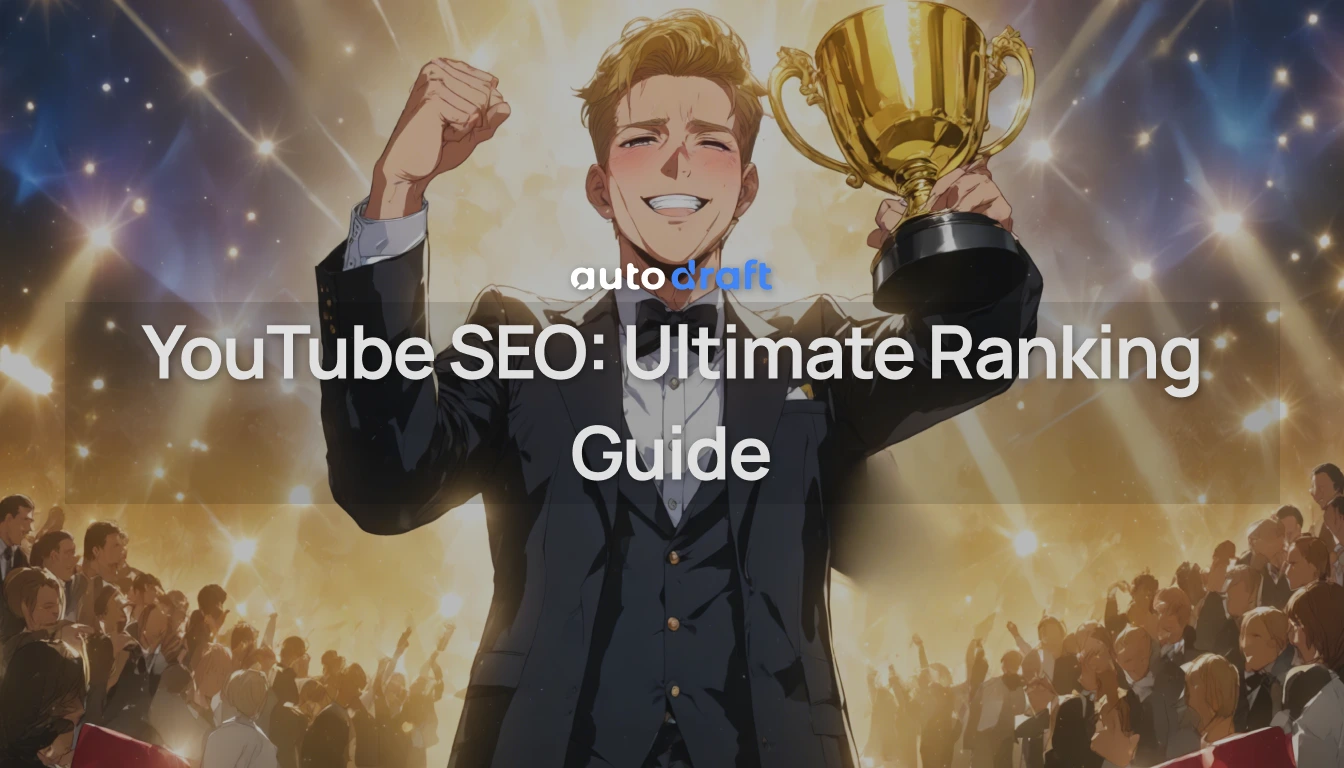
YouTube is no longer just for watching videos. People go to search, learn, and decide what's worth their time. With billions of views coming in daily, just uploading good content isn't enough. If you want your videos to show up, get clicks, and bring in real growth, you need to know how YouTube SEO works.
What is YouTube SEO?
At its core, YouTube SEO (Search Engine Optimisation) is about making your videos rank higher in YouTube's search results and suggested videos. Just like Google, YouTube uses a complex algorithm to showcase which videos are most relevant and valuable to a user's query.
YouTube algorithm considers various factors like words in your title and description and how long viewers watch your content. By strategically optimizing these elements, you can significantly improve your video's visibility.
Why You Need to Optimize Your YouTube Videos
Optimizing your YouTube videos is no longer optional; it's a necessity for anyone serious about growing their channel.
Here's why you need proper SEO for your YouTube channel:
-
Increased Organic Reach: Your videos will appear in the search results and recommendations once they rank higher, leading to a natural surge in views without paid promotion.
-
More Subscribers and Views: Greater visibility directly translates to more people discovering your content, which in turn leads to more views and a growing subscriber base.
-
Better Engagement: Videos that are easily found by the right audience are more likely to resonate with viewers, resulting in higher watch time, more likes, comments, and shares – this signals YouTube's algorithm that your content is valuable.
By mastering YouTube SEO, you can build a sustainable strategy for long term channel growth and impact.
Keyword Research for YouTube
Before you create a single frame of your video, you need to know what people are searching for. Keyword research is the starting point for YouTube SEO that helps your content get found and clicked.
1. Understand YouTube's Search Intent
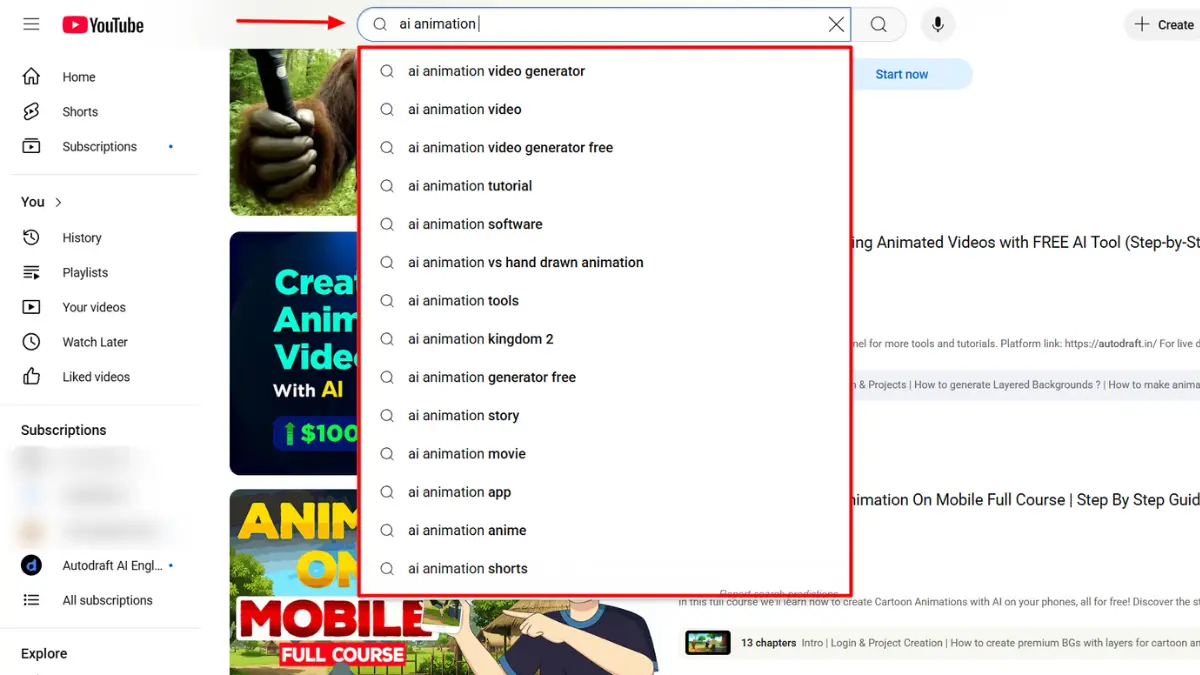
While keyword research might sound familiar from traditional Google SEO, YouTube's search intent often differs significantly. On Google, users might be looking for articles, product pages, or quick facts.
On YouTube, the intent is typically more visual and experiential. Users are often searching for:
-
How-to Tutorials: "How to change a car tire," "How to edit videos in Premiere Pro."
-
Product Reviews: "iPhone 15 review," "Best budget headphones."
-
Entertainment: "Funny cat videos," "Top 10 gaming moments."
-
Vlogs and Personal Experiences: "My first marathon," "Day in the life of a software engineer."
Your goal is to identify keywords that reflect this video-centric search intent.
2. Tools for YouTube Keyword Research
You don't need any expensive software to start your YouTube keyword research. Several accessible tools can provide valuable insights:
-
YouTube Search Bar (Autosuggest): This is your first and often best friend. Start typing a topic into the YouTube search bar, and you'll see a list of popular, related queries that users are actively searching for. This provides real-time insights into trending topics and common questions.
-
Google Keyword Planner: While primarily for Google search, Keyword Planner can help you discover broader topics and related terms that might also be popular on YouTube. Think about the general subject matter, then refine it for video content.
-
Third-party tools (e.g., TubeBuddy, VidIQ): These browser extensions and platforms offer more advanced features like competitor analysis, search volume estimates for YouTube, and keyword scoring.
3. Long-Tail Keywords vs. Short-Tail Keywords
A balanced keyword strategy involves both short-tail and long-tail keywords:
-
Short Tail Keywords: These are broad, general terms (e.g., "cooking," "marketing," "gaming"). They have high search volume but also high competition. While they can bring a lot of traffic, it's harder to rank for them, especially for newer channels.
-
Long Tail Keywords: These are more specific, multi-word phrases (e.g., "easy weeknight dinner recipes for beginners," "digital marketing strategies for small businesses," "best indie games on Nintendo Switch 2024"). They have lower search volume but significantly less competition and often indicate a stronger, more specific user intent.
Ranking for long tail keywords can bring highly qualified viewers who are more likely to engage with your content and subscribe.
The idea is to use a mix, targeting broad topics with some videos while also creating highly specific content around long tail keywords to capture niche audiences.
On-Page YouTube SEO Factors
Once you've identified your target keywords, the next crucial step is to optimize the elements directly on your YouTube video page. These "on-page" factors tell YouTube's algorithm what your video is about and help it match your content with relevant searches.
1. Video Title Optimization
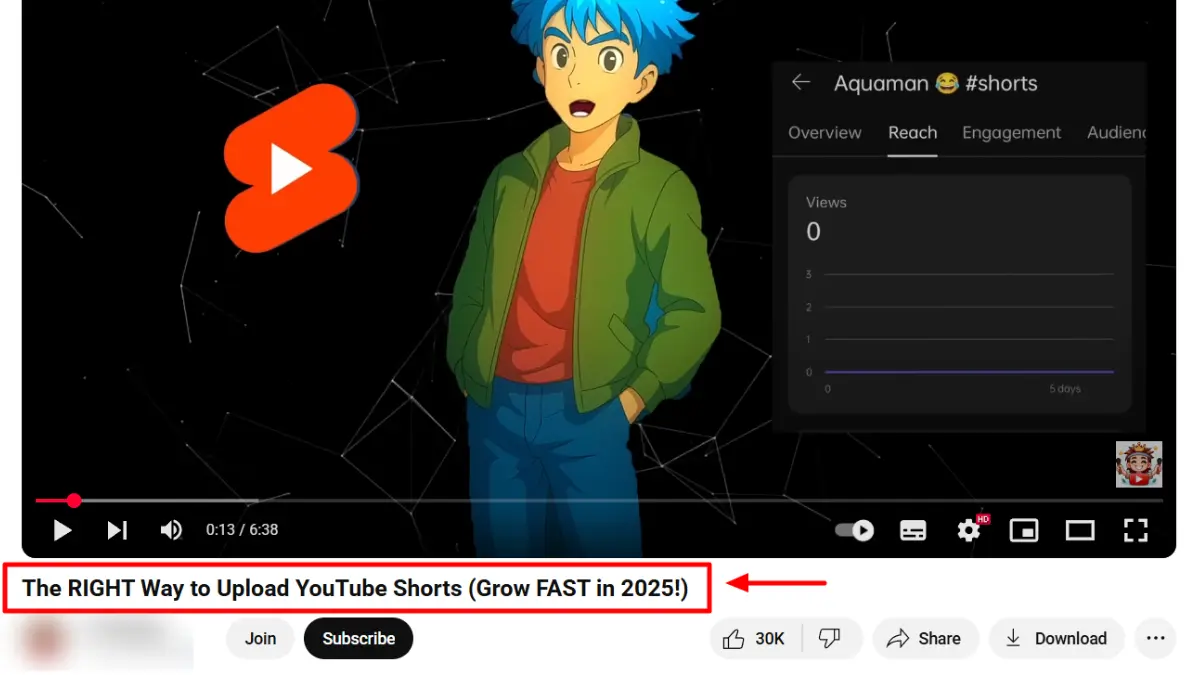
Your video title is arguably the most important on-page SEO element. It's the first thing viewers see and a primary signal to YouTube about your video's content.
-
Including Primary Keywords Naturally: Your main target keyword should appear as close to the beginning of your title as possible, but always naturally. Avoid keyword stuffing, which can hurt your ranking. For example, instead of "YouTube SEO SEO YouTube Tips," try "Mastering YouTube SEO: Tips for Ranking Higher."
-
Catchy Titles for Click Through Rate (CTR): While keywords are vital for discoverability, your title also needs to entice viewers to click. Use strong verbs, numbers (e.g., "5 Ways to..."), and emotional triggers. A high CTR tells YouTube that your video is relevant and engaging, boosting its ranking.
-
Optimal Title Length: Aim for titles between 55-72 characters. Titles that are too long might get truncated in search results, hiding important information.
2. Write Engaging YouTube Video Descriptions
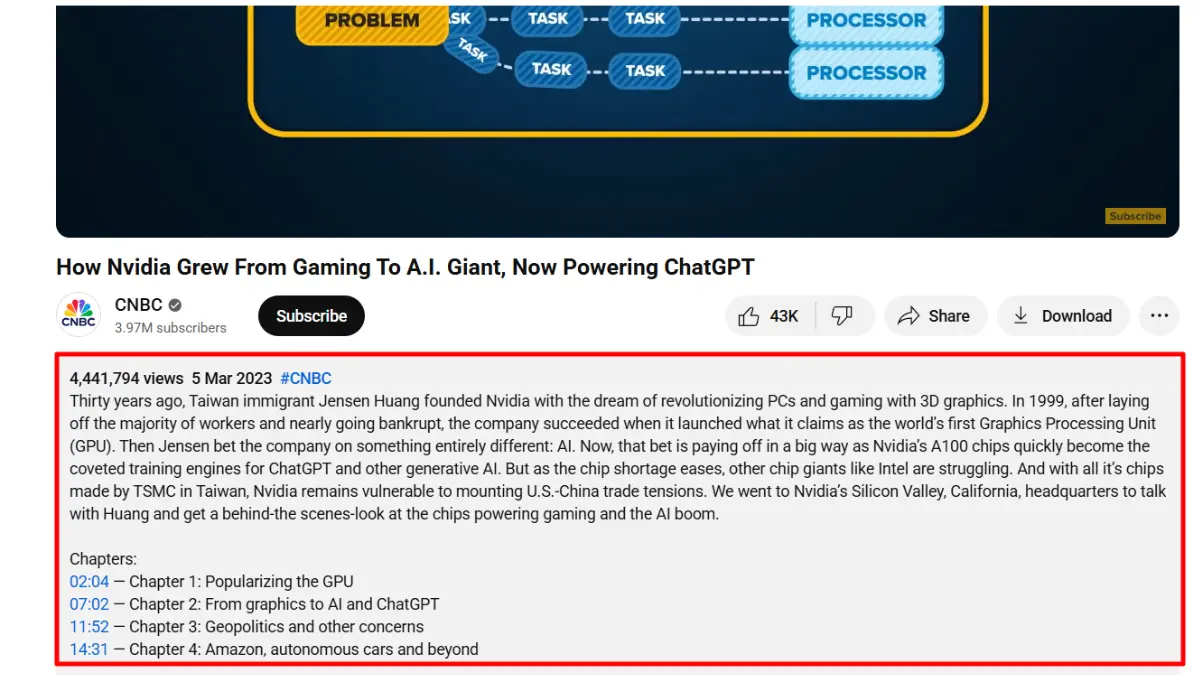
The video description provides more context to both YouTube's algorithm and your viewers. It's a powerful tool for SEO and user experience.
-
Strategic Keyword Placement (First 1-2 Sentences): Include your primary and secondary keywords within the first couple of sentences. This is the most visible part of your description before it gets truncated, so make it count.
-
Adding Timestamps/Chapters: For longer videos, timestamps (or video chapters) are really important. Let your viewers jump to specific sections, improving user experience and potentially increasing watch time by making content more digestible.
-
Links to Social Media, Website, and Related Videos: Use your description to drive traffic to your other platforms, products, or services. Link to relevant past videos or playlists to encourage further viewing on your channel.
-
Call to Actions (CTAs): Don't forget to tell viewers what you want them to do! Encourage them to subscribe, like, comment, or visit a link.
3. Leveraging Video Tags
Video tags are important in helping YouTube understand your video's topic and categorize it correctly.
-
Use Related and Specific Tags: Include your primary keyword, variations of it, and related terms. Use broad tags (e.g., "SEO," "marketing") and specific long tail tags (e.g., "YouTube SEO tutorial 2024," "how to rank YouTube videos").
-
Competitor Tags: Researching tags used by successful competitors in your niche can give you ideas, but avoid directly copying or using irrelevant tags. Focus on what genuinely describes your content.
-
Avoid Keyword Stuffing: Just like with titles, don't overload your tags with an excessive number of keywords. This gives spam and negatively impacts your ranking.
4. Thumbnail Design for High Click Through Rate (CTR)

Your video thumbnail is the most important factor for getting clicks in search results and suggested videos. It's your video's billboard.
-
Visually Appealing and Relevant: The thumbnail should accurately represent your video's content while being visually striking. Use high-resolution images.
-
Clear Text and Strong Imagery: If you use text, make it large, legible, and concise. Use strong, contrasting colors to make elements pop. A clear, expressive image of a person's face can also significantly boost CTR.
-
Consistency for Branding: Develop a consistent style for your thumbnails across your channel. This helps viewers recognize your content at a glance and reinforces your brand identity.
5. Optimizing Transcripts and Closed Captions
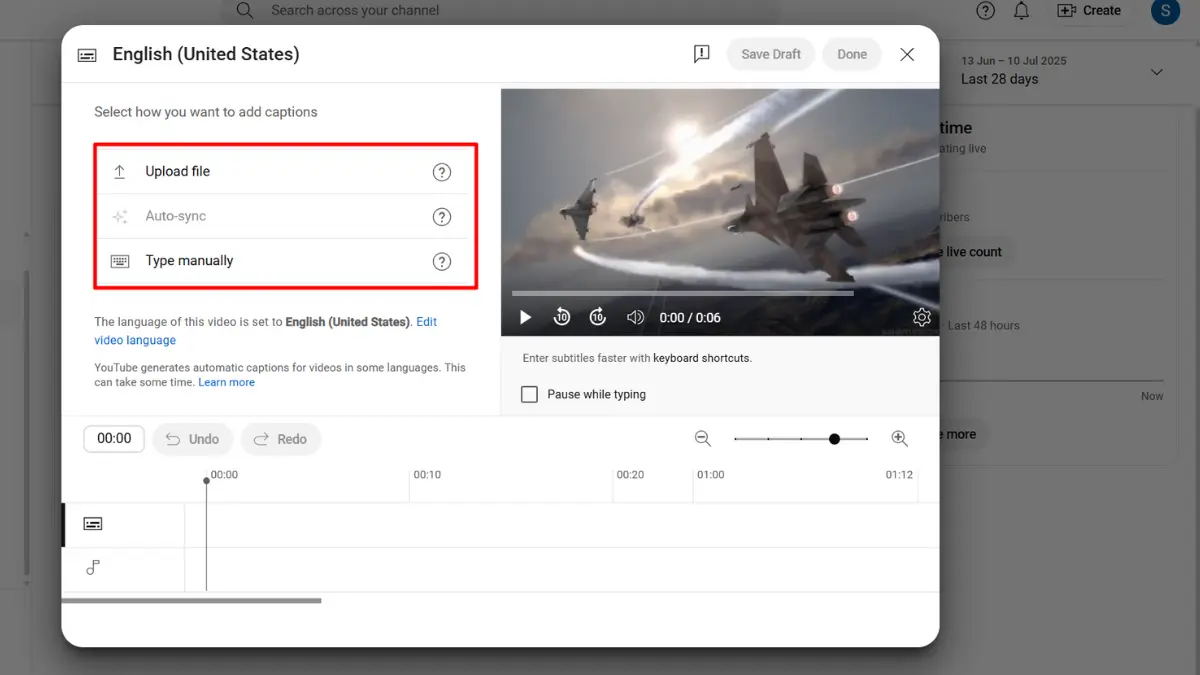
Transcripts and closed captions (CC) are often overlooked but offer significant SEO benefits.
-
Improving Accessibility: Providing captions makes your content accessible to a wider audience, including those with hearing impairments or those who prefer to watch videos without sound.
-
Automatic vs. Manual Captions: While YouTube generates automatic captions, they are often inaccurate. Manually reviewing and editing these, or uploading your own, ensures accuracy and maximizes SEO benefits.
Off-Page YouTube SEO Factors (Engagement Signals)
YouTube's algorithm heavily weighs "off-page" factors, primarily user engagement signals. These signals tell YouTube how valuable and satisfying your content is to viewers, directly influencing your ranking.
1. Watch Time and Audience Retention
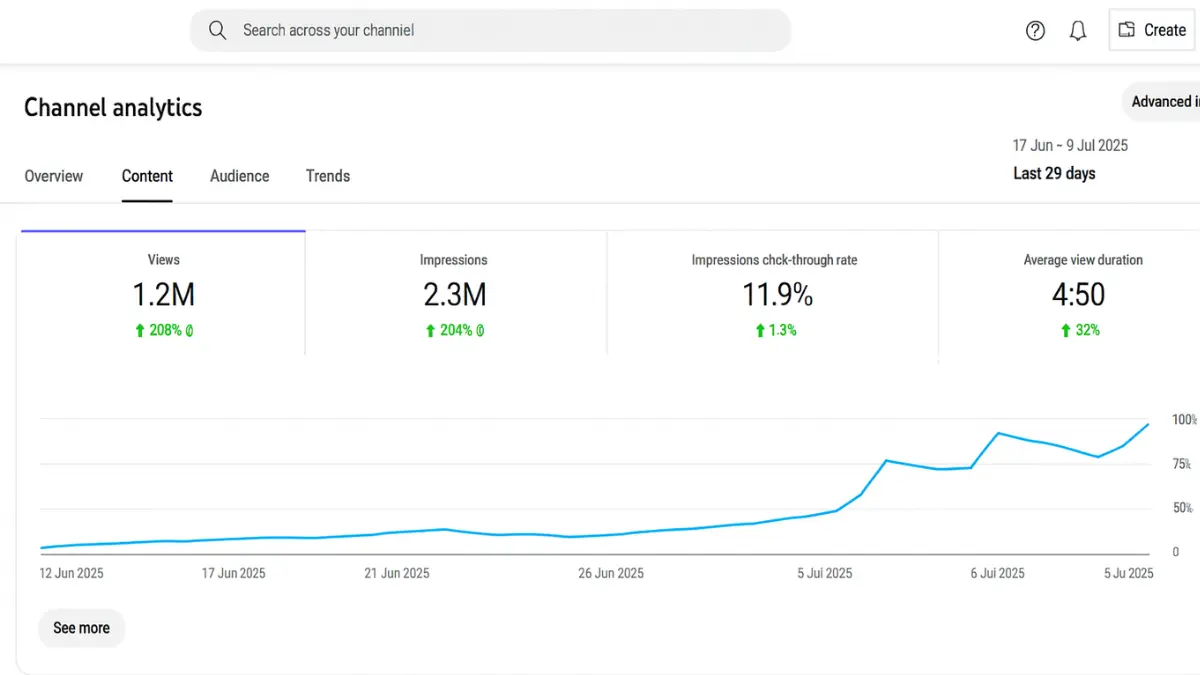
This is arguably the most critical ranking factor on YouTube. Watch time refers to the total amount of time viewers spend watching your videos, while audience retention measures how much of a single video viewers watch.
YouTube's primary goal is to keep viewers on its platform. Videos that keep people watching for longer periods (high watch time) and hold their attention throughout the video (high audience retention) are favored by the algorithm because they indicate high viewer satisfaction.
Here are strategies to increase watch time:
-
Engaging Intros: Hook your audience within the first 15-30 seconds. Clearly state what the video is about and why they should care.
-
Pacing: Keep your video moving. Avoid unnecessary pauses or rambling.
-
Storytelling: Plan your content with an interesting beginning and end to keep viewers invested.
-
Value Delivery: Ensure every minute of your video provides value, whether it's information, entertainment, or inspiration.
2. Likes, Dislikes, and Comments
These direct interactions with your video are strong indicators of viewer engagement and sentiment.
-
Encouraging Interaction: Actively ask viewers to like, comment, and subscribe within your video. A simple "If you found this helpful, please hit the like button!" can go a long way.
-
Responding to Comments: Communicate with your audience in the comments section to foster a community. This encourages more comments and signals to YouTube that your channel is active and responsive.
3. Shares, Embeds & Subscribers
When viewers share your content or embed it on other websites, it's a powerful signal of its value and reach beyond the YouTube platform.
-
Promoting Videos on Other Platforms: Don't limit your video promotion to YouTube. Share your videos on your social media channels (Facebook, Twitter, Instagram, LinkedIn), email newsletters, and relevant online communities.
-
Making it Easy to Embed: Ensure your videos are easily embeddable on websites and blogs. This expands your video's reach and brings new viewers to your content.
Additionally, remind viewers to subscribe your videos, especially at the beginning and end. Explain the benefits of subscribing (e.g., "Subscribe for more tips on YouTube SEO!").
Use YouTube's built in features like end screens and cards to prompt viewers to subscribe, watch more videos, or visit your website. These are highly effective ways to convert viewers into subscribers.
Advanced YouTube SEO Strategies
Once you've mastered the foundational elements of YouTube SEO, it's time to explore more advanced tactics that can further amplify your reach and impact. These strategies help you create a more interconnected and optimized channel ecosystem.
1. YouTube Playlists Optimization
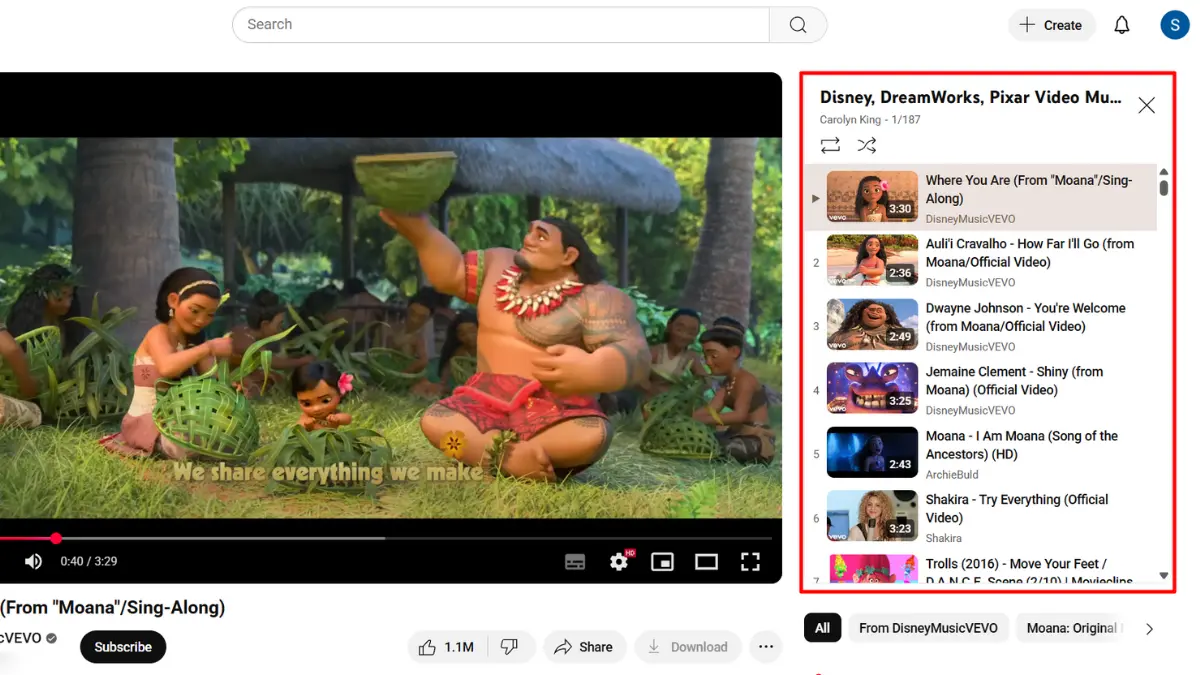
Playlists are powerful SEO tools that can increase watch time and guide viewers through your channel.
-
Grouping Related Content: Create playlists that logically group your videos by topic, series, or theme. This makes it easier for viewers to find more of what they're interested in, encouraging binge-watching.
-
Keyword-Rich Playlist Titles and Descriptions: Just like individual videos, optimize your playlist titles and descriptions with relevant keywords. This helps your playlists rank in search results, bringing in new viewers who then discover multiple videos.
2. End Screens and Cards
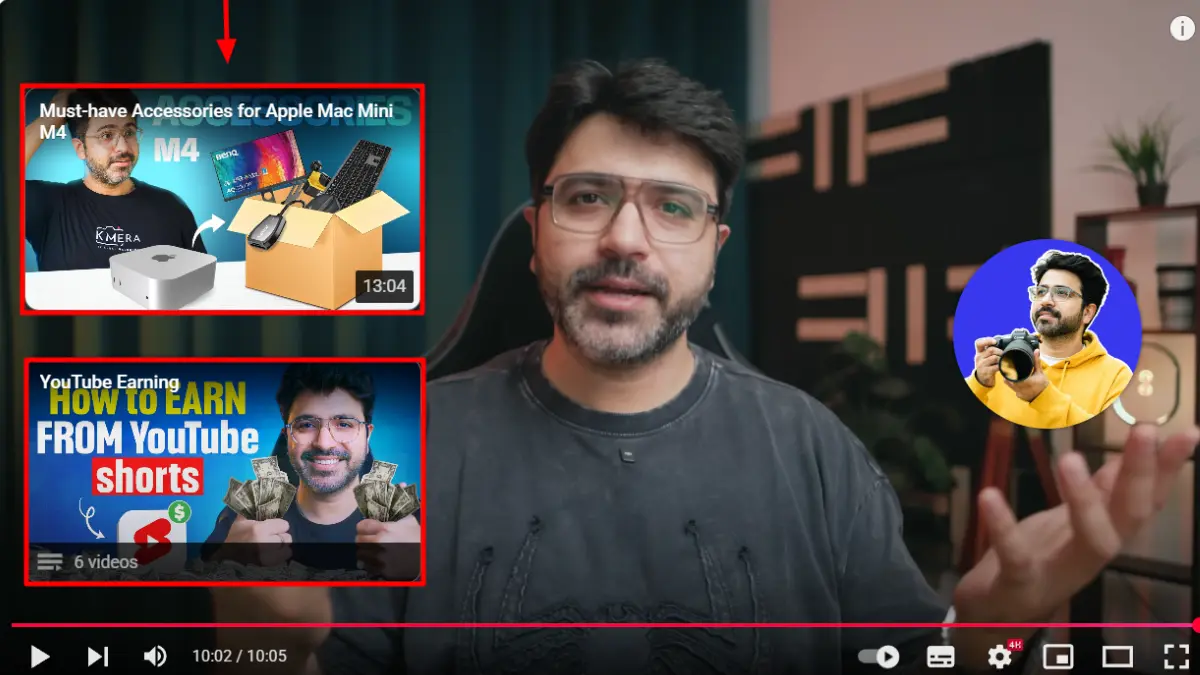
These interactive elements are crucial for keeping viewers on your channel and guiding them to your desired actions.
Here's how you can drive traffic to other videos, playlists, or external sites:
-
End Screens: Use the last 10-20 seconds of your video to link to your next video, a relevant playlist, your subscribe button, or even an external website (if you're part of the YouTube Partner Program).
-
YouTube Cards: Small, clickable pop-ups that appear during your video. Use them to suggest related content, polls, or links to external resources.
-
Encouraging Subscriptions: Strategically place a subscribe button on your end screen to convert engaged viewers into loyal subscribers.
3. YouTube Shorts Optimization
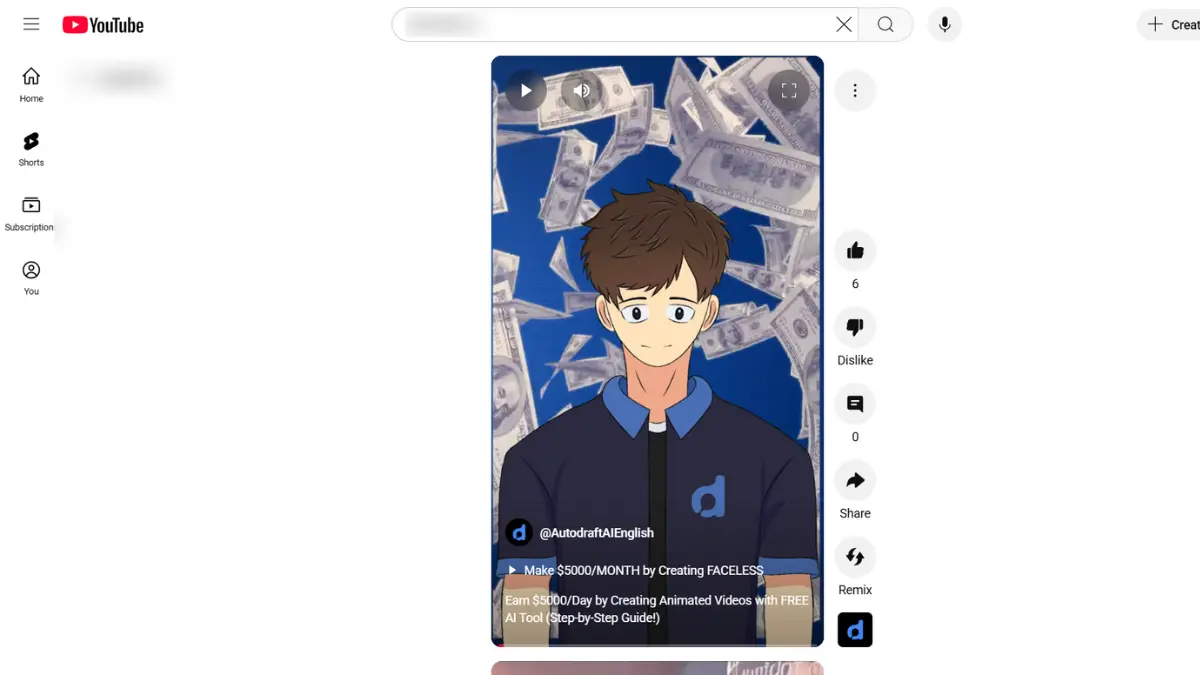
YouTube Shorts are a rapidly growing segment of the platform, offering a unique opportunity for discoverability.
Best practices for short form content:
-
Hook Immediately: Grab attention within the first 1-2 seconds.
-
Vertical Format: Always shoot in vertical (9:16) aspect ratio.
-
Concise Messaging: Get straight to the point.
-
Trending Audio: Utilize trending sounds and music where appropriate.
-
Hashtags: Use relevant hashtags in your Shorts description to aid discoverability.
Shorts have their discovery algorithm, heavily relying on watch time, loop rate, and initial engagement. Content needs to be highly engaging and concise.
4. Promoting Your Videos Beyond YouTube
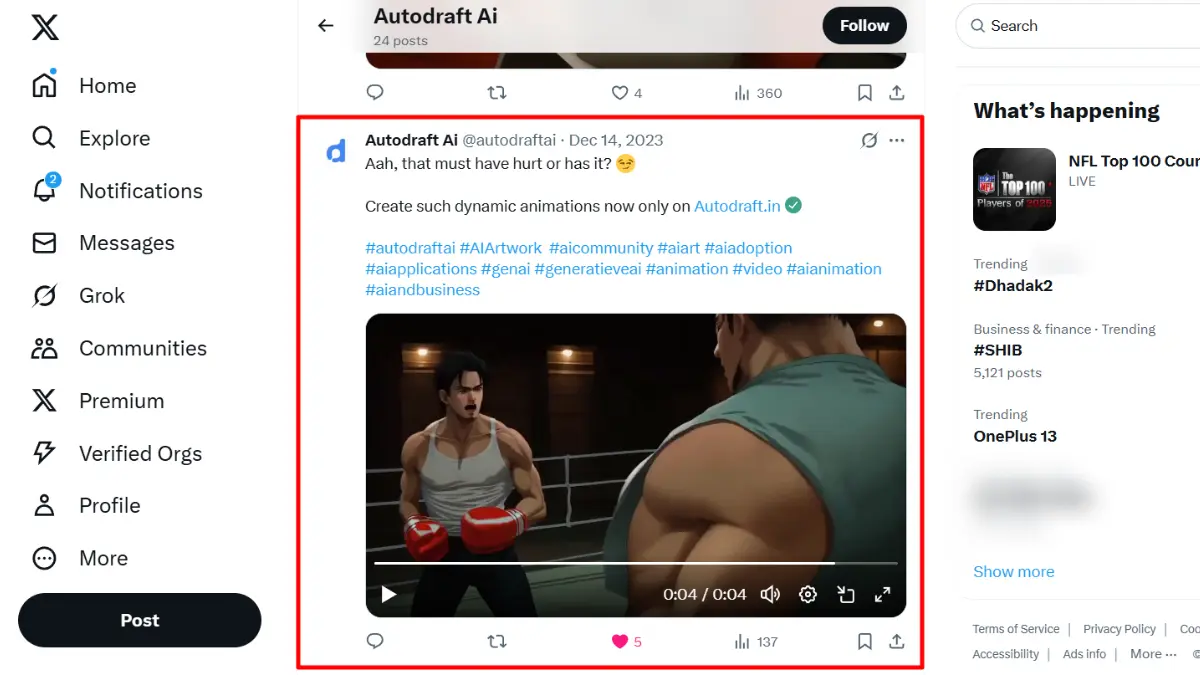
While optimizing on YouTube is essential, extending your video's reach to other platforms can significantly boost its initial momentum and long-term visibility.
-
Social Media Promotion: Share your new videos across all your social media channels (Facebook, Twitter, Instagram, LinkedIn, TikTok, etc.).
-
Email Marketing: Make an email list to inform your subscribers about new video uploads. This can drive a significant initial burst of views.
-
Blogging and Website Integration: Embed your YouTube videos with pages on your website. This provides additional context for your written content and can introduce your videos to your website visitors.
Conclusion
Mastering YouTube SEO is not a one-time task. It requires strategic planning, continuous effort, and a deep understanding of both YouTube's algorithm and your audience's needs.
YouTube's algorithm is constantly upgrading with new features and ranking factors. Staying updated with platform changes and experimenting with new content formats (like Shorts) are important for long term success.
Now that you have a complete understanding of YouTube SEO, it's time to put these strategies into action!
Start by auditing your existing videos, then apply these principles to your new uploads.